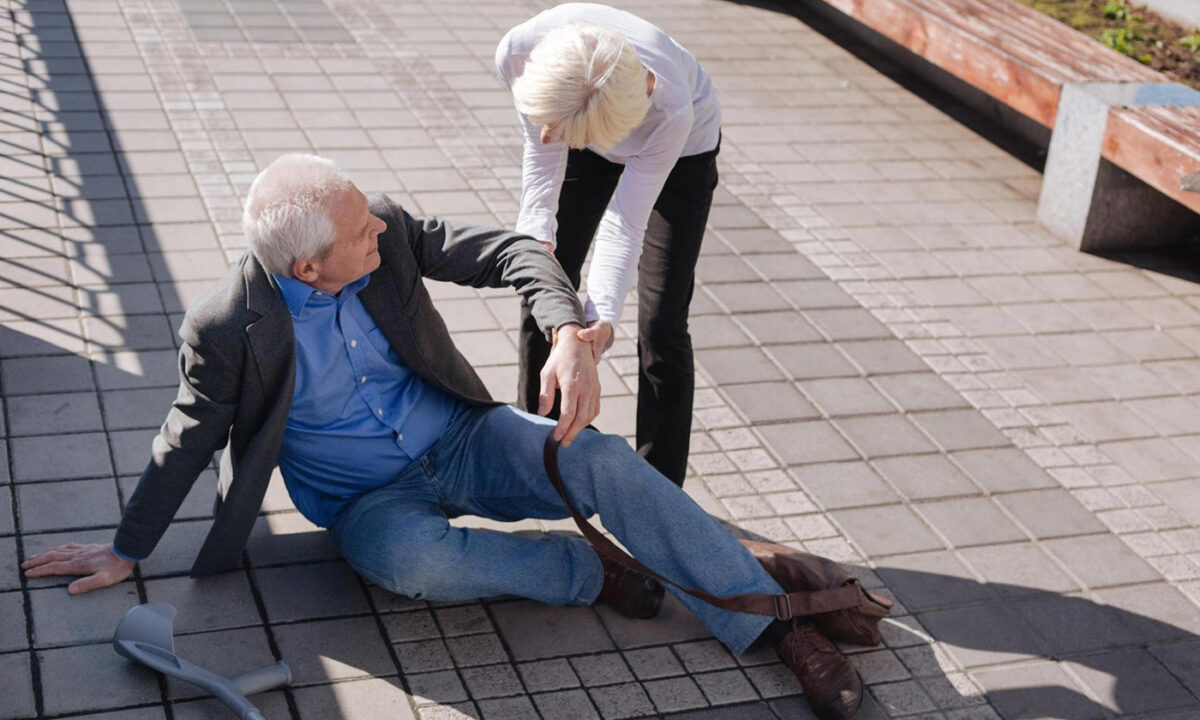


As we age, many of us may experience decreased hormone secretion, reduced physical activity, and a lack of nutrients in our diets, which accelerates the loss of muscle mass. When a person loses too much muscle, sarcopenia will occur.
People with sarcopenia are more prone to falling and lack the strength to get up from sitting or to move around. Walking slowly is also a symptom of sarcopenia.
Sarcopenia causes muscle strength decline, affects mobility and quality of life, and increases the risk of chronic diseases, cognitive impairment, and even death.
After age 50, men and women experience more apparent signs of body aging.
The risk of osteoporosis and cardiovascular disease may also increase as we age.
While many people are concerned about chronic diseases, only a few know the hidden dangers of sarcopenia.
Here, we will focus on proper diet and why muscle mass is essential to health in older adults over 60.
Muscle mass naturally declines as we age, and the rate of decline tends to accelerate after the age of 60. On average, individuals may experience a decrease in muscle mass of approximately 3 to 8 percent per decade after reaching the age of 30. Muscles age as soon as you stop moving your body.
Other than mobility, our muscles function in various ways.
- Maintain balance and keep us from falling: Many older people experience fractures due to accidental falls, leading to health decline.
- Help the body exercise and move around effectively and safely.
- Support joints and maintain mobility: Muscles also reduce pain from diseases such as arthritis.
- Support the proper functioning of the heart and lungs.
- Aid in chewing.
- Promote appetite.
- Ensure practical insulin usage: Muscles help prevent diabetes or keep it from worsening.
- Prevent senile dementia, supplying energy to the brain.
- Protect the body from medicinal side effects.
In terms of the biochemical role of human physiology, muscle has another significant role: It serves as the body’s storehouse for protein. Protein helps the body to repair itself. The cells of your body are wearing out every second. Every cell in every organ—from the skin to the digestive tract, to the blood, to all the substances that sustain life—has a certain lifespan. Some have a lifespan of a few hours, days, or months before they are replaced and renewed. This continuous renewal process requires protein.
Protein also helps to fight inflammation and provides energy to the brain.
There are three fundamental mechanisms of muscle reconstruction: hormonal signals, nerve signals, and muscle activity.
Muscle reconstruction is relatively straightforward when our body encounters emergencies at a young age, such as trauma, surgery, cold, or fever. In addition, muscles can be regenerated quickly with food consumption.
As we age, however, the body loses hormones. Hence, nerve signals also decrease.
Hormonal and nerve signals can weaken as early as age 30 or as late as one’s mid-60s when hormones and nerves can no longer strengthen muscles.
The only tool to reconstruct muscle is muscle activity.
However, only when muscles are being exercised can they initiate repair and reconstruction.
Luckily, this mechanism continues to function effectively, despite old age. The catch is you have to keep your muscles active.
Aside from needing it to work out, the human body requires sufficient protein to maintain muscles.
In modern health and diet, some believe eating more fresh fruit and vegetables and less meat is healthier.
While the more-green diet is acceptable for people under 60, it might pose a health risk for anyone over 60 or anyone in their 80s or 90s who has undergone surgery or severe illness. This is because if the body does not have enough muscles or proteins stored, its ability to repair itself deteriorates.
Only sufficient protein intake can quickly repair an aging or weak body and maintain physical strength. Therefore, the older we get, the more protein we need.
What are examples of excellent sources of protein?
An ideal type of workout to build muscle strength combines aerobics, resistance training, flexibility, and balance.
You can start with safe exercises you can do independently that pose no risk of falling. Consistency and perseverance are crucial to effectiveness. Housework such as mopping, sweeping, gardening, and lifting objects are conducive to maintaining muscles and preventing aging.
